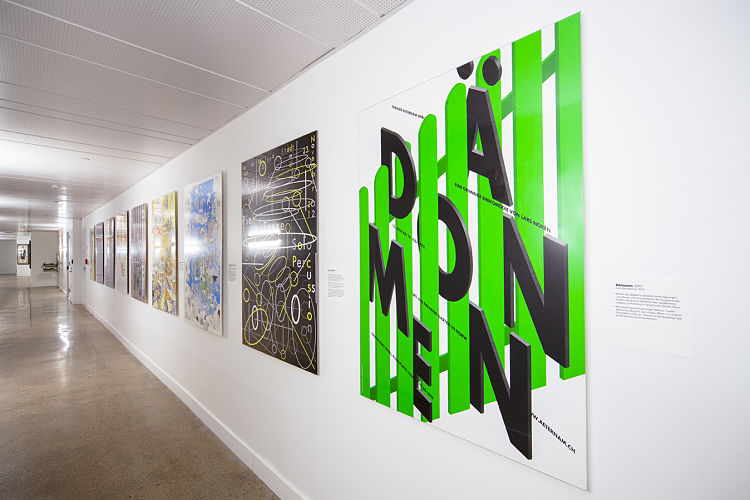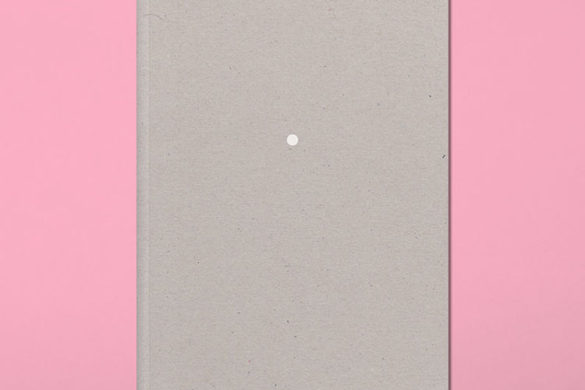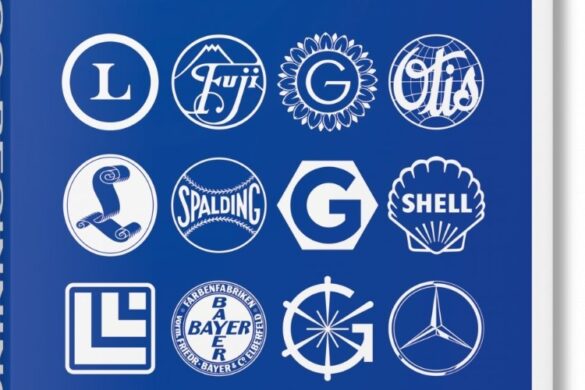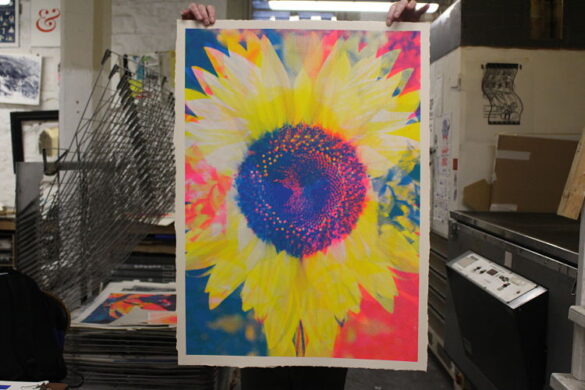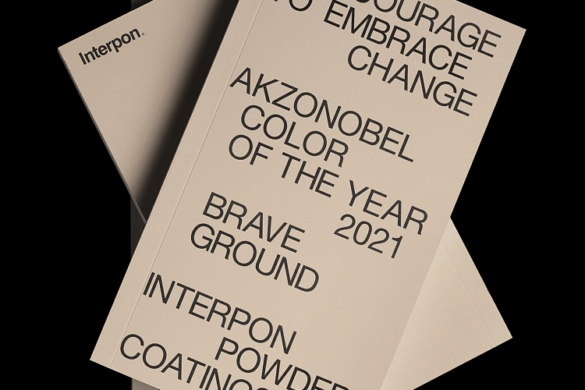It’s pretty safe to say that graphic design today wouldn’t be graphic design today without one neat, seemingly simple invention: The Swiss Grid.
The term encompasses both the grid itself, and a broader aesthetic also known as the International Typographic Style. Whether or not you love it, loathe it, or delight in fucking with it—the grid ushered in a new, more mathematical approach to composition and communication.
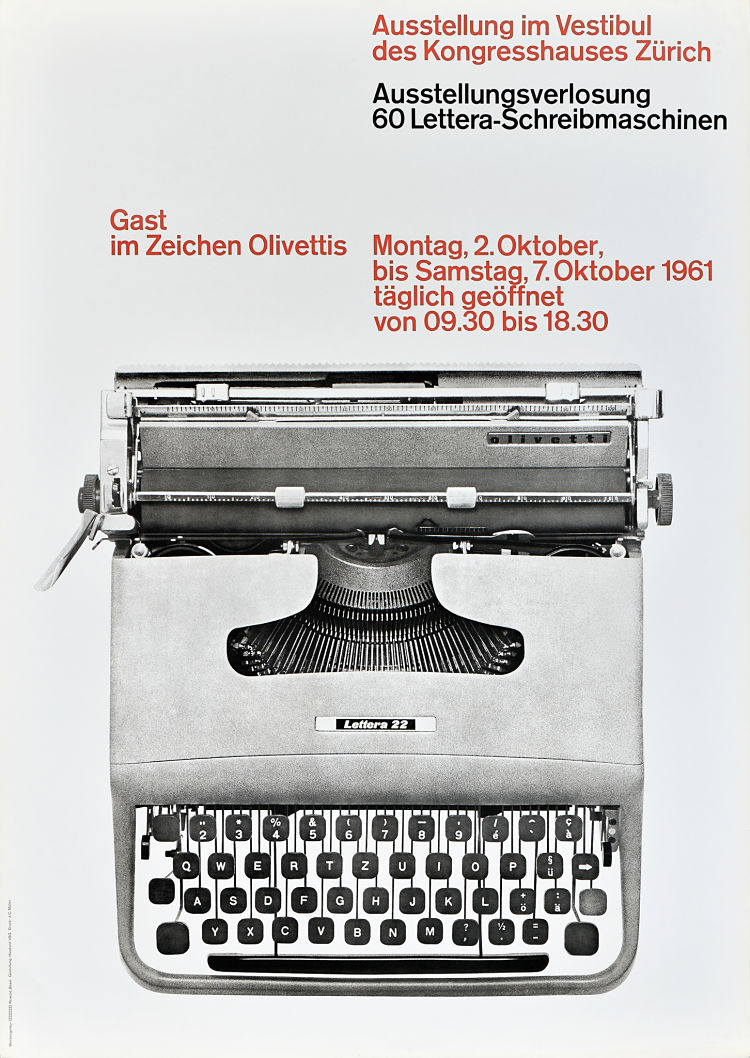
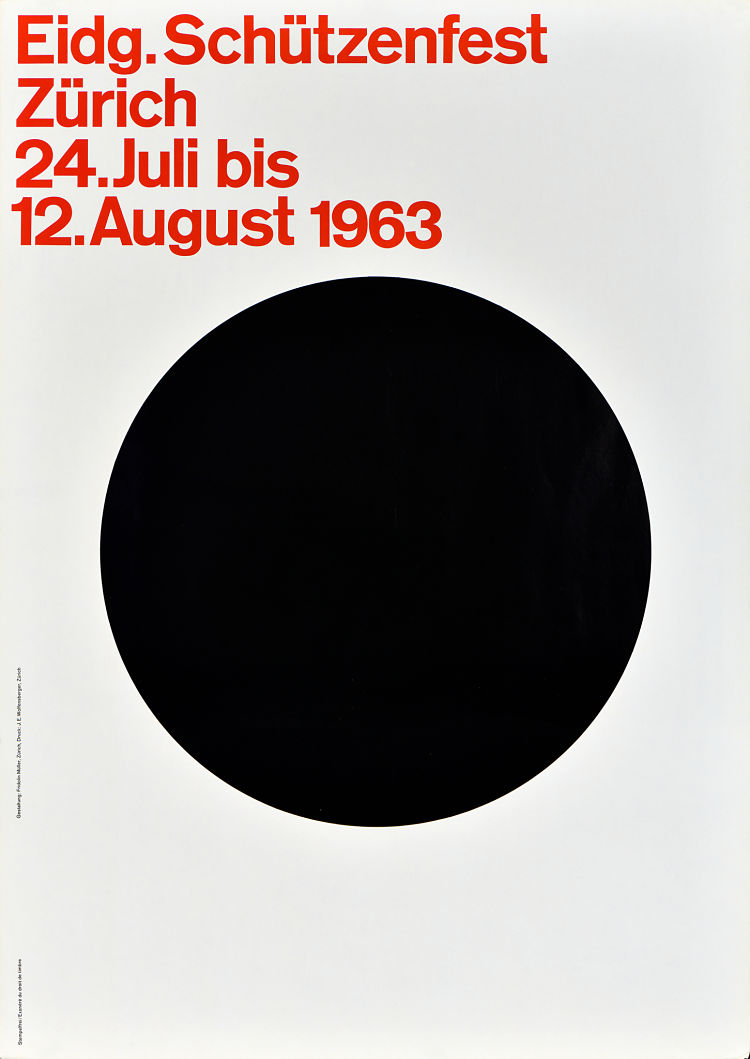 The International Typographic Style was developed by Swiss designers including Armin Hofmann, Josef Müller Brockmann, Max Bill, Richard P Lohse, Hans Neuberg and Carlo Vivarelli after the second world war. It was born of their experimentations with typography and, interestingly, with photomontage—a medium usually associated with a more rough and ready approach.
The International Typographic Style was developed by Swiss designers including Armin Hofmann, Josef Müller Brockmann, Max Bill, Richard P Lohse, Hans Neuberg and Carlo Vivarelli after the second world war. It was born of their experimentations with typography and, interestingly, with photomontage—a medium usually associated with a more rough and ready approach.
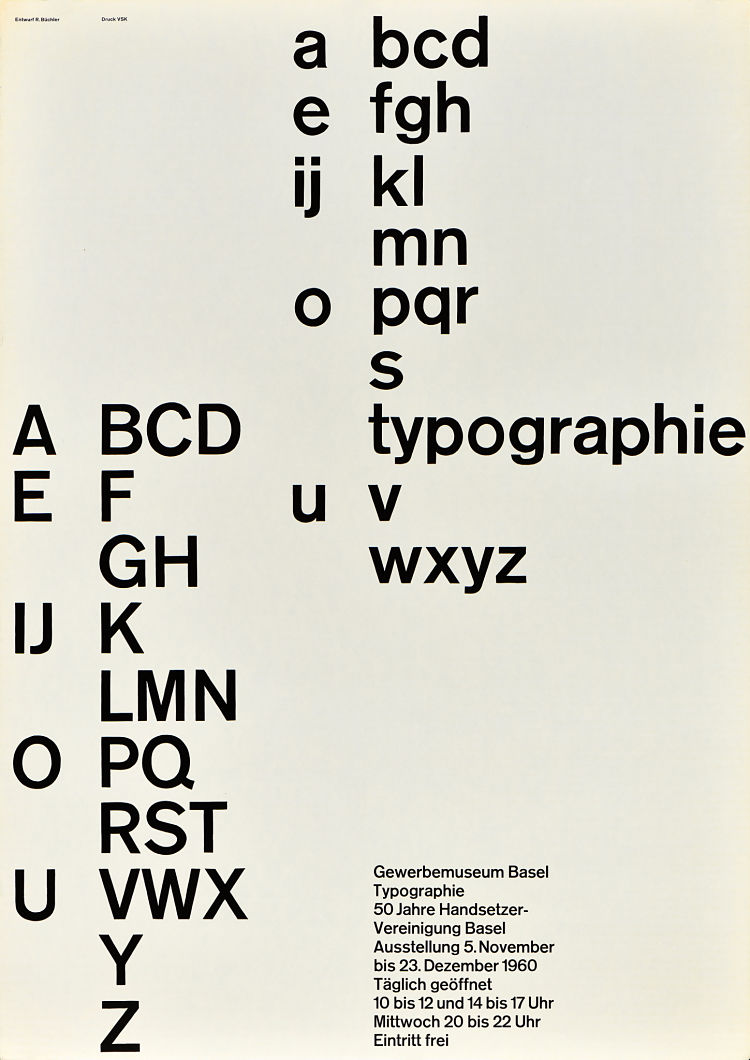 This new aesthetic, though, was far more cold than cut and paste: chance and emotion was removed from the design equation by using a structured grid layout along with unjustified type. This utilitarian approach to two-dimensional design chimed with the Swiss designers’ overachieving view that graphics was one of many cogs in the machine of industrial production: as such, things were about anonymity and objectivity, prizing clarity and succinct communication over more illustrative, florid or emotionally charged design routes.
This new aesthetic, though, was far more cold than cut and paste: chance and emotion was removed from the design equation by using a structured grid layout along with unjustified type. This utilitarian approach to two-dimensional design chimed with the Swiss designers’ overachieving view that graphics was one of many cogs in the machine of industrial production: as such, things were about anonymity and objectivity, prizing clarity and succinct communication over more illustrative, florid or emotionally charged design routes.
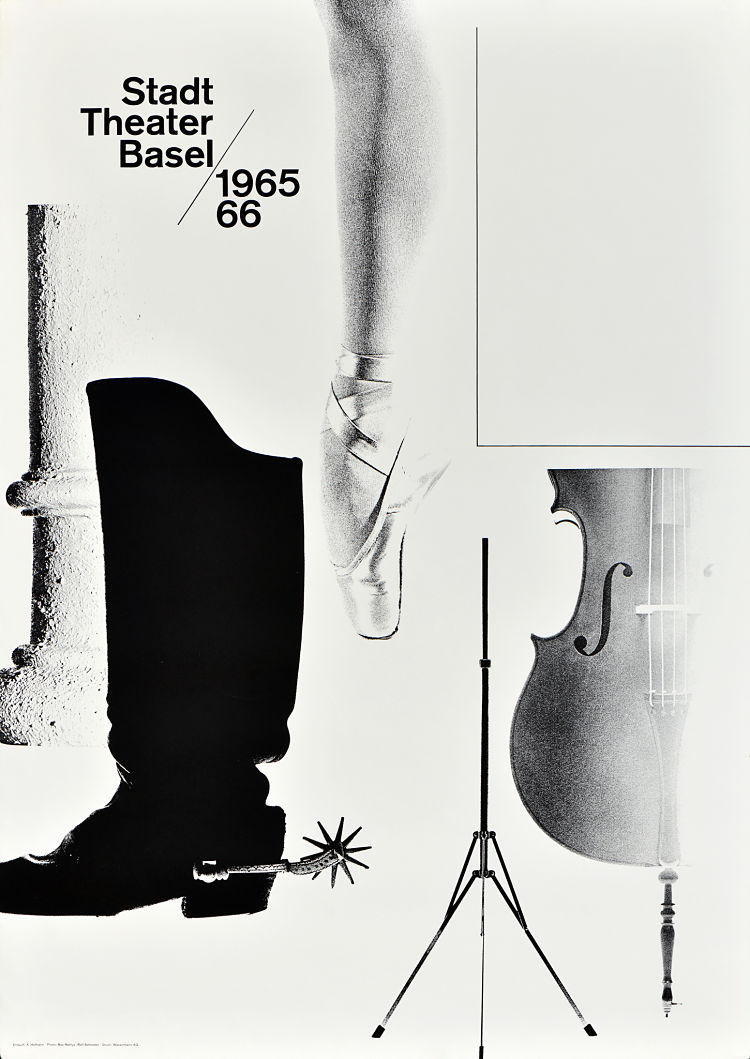
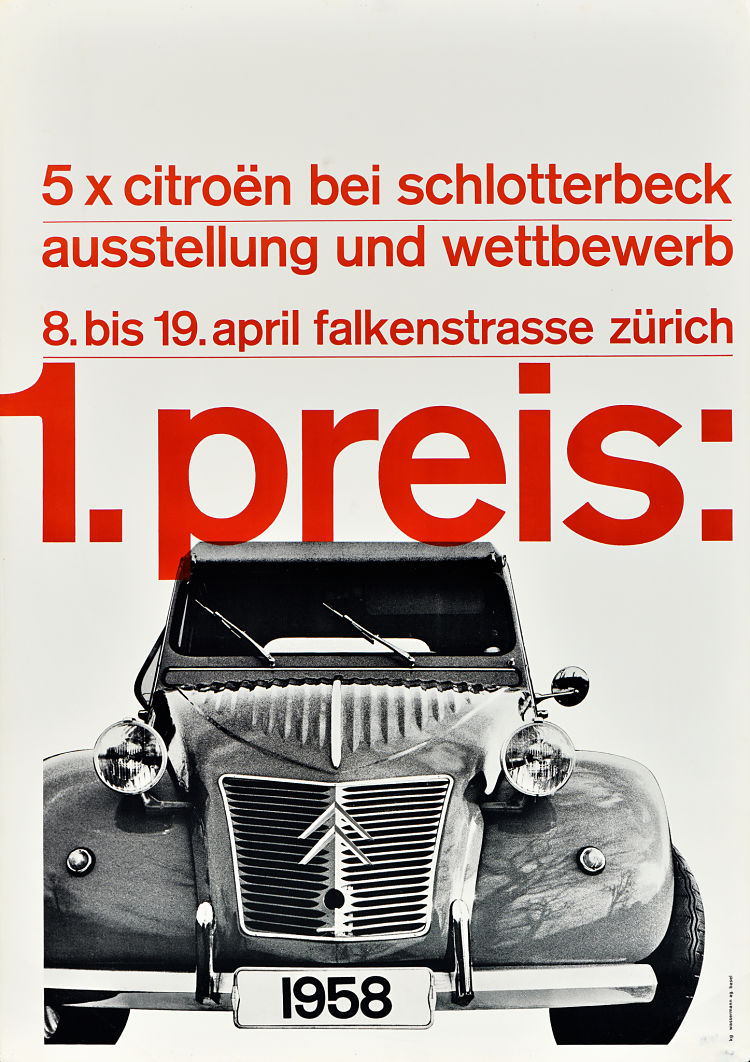 Fact, rather than feeling was the priority for these designers, and as such, photographic images are used over illustration, and typefaces were clean and uniformly styled rather than decorative or bombastic. Part of the thinking here was that designs should bear no suggestion that they’re propaganda of any sort, or carry commercial advertising motives.
Fact, rather than feeling was the priority for these designers, and as such, photographic images are used over illustration, and typefaces were clean and uniformly styled rather than decorative or bombastic. Part of the thinking here was that designs should bear no suggestion that they’re propaganda of any sort, or carry commercial advertising motives.
The sense of order is tempered by the style’s prediction for asymmetrical organization of the various design elements on the grid: in most cases, sans serif typography was aligned on the left-hand side with the right-hand side ragged (just as text is set out on the internet today.) This was believed to be the most legible way of presenting lettering.
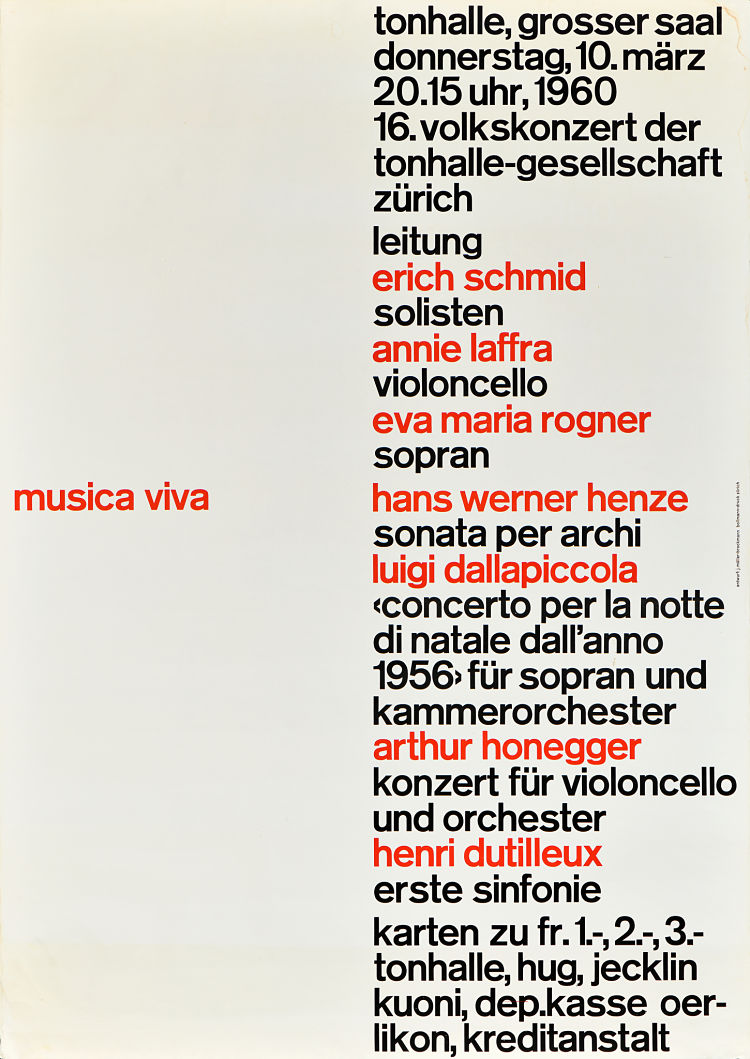 In many ways, this style paved the way for branding communications as we know them today; ushering in the sort of no-nonsense brand guideline standards manuals still fetishised by so many designers. And however grunge your own design sensibilities may be, there’s no denying that there’s a superb sense of both calm and beauty in the International Typographic Style, as a current exhibition titled The Swiss Grid at The Poster House in New York proves.
In many ways, this style paved the way for branding communications as we know them today; ushering in the sort of no-nonsense brand guideline standards manuals still fetishised by so many designers. And however grunge your own design sensibilities may be, there’s no denying that there’s a superb sense of both calm and beauty in the International Typographic Style, as a current exhibition titled The Swiss Grid at The Poster House in New York proves.
As well as presenting a wealth of works that are, at their simplest, just very nice to look at; the show also hints at the philosophical tenets integral to the initiators of the Swiss Grid Style. Fundamentally, they saw design as “socially worthwhile and serious vocation,” as Guity Novin puts it. Novin goes on to say that the group viewed design as having “no room for eccentricity and/or idiosyncrasy…The designer acts as an objective and reliable transmitter of important information between members of society.”
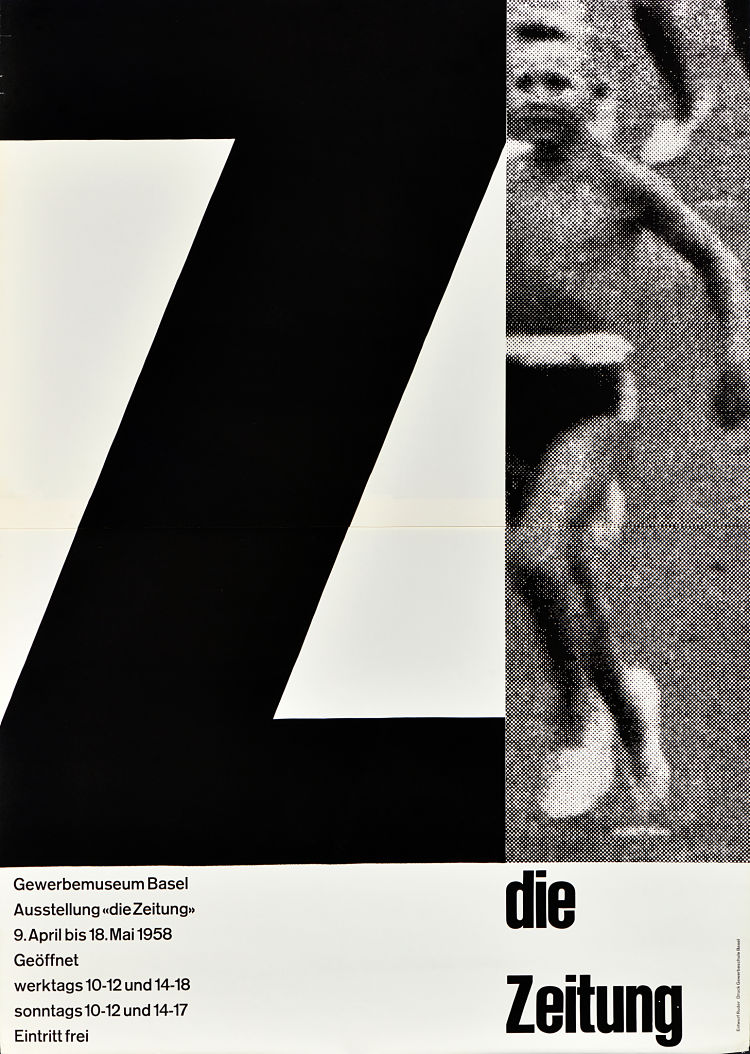
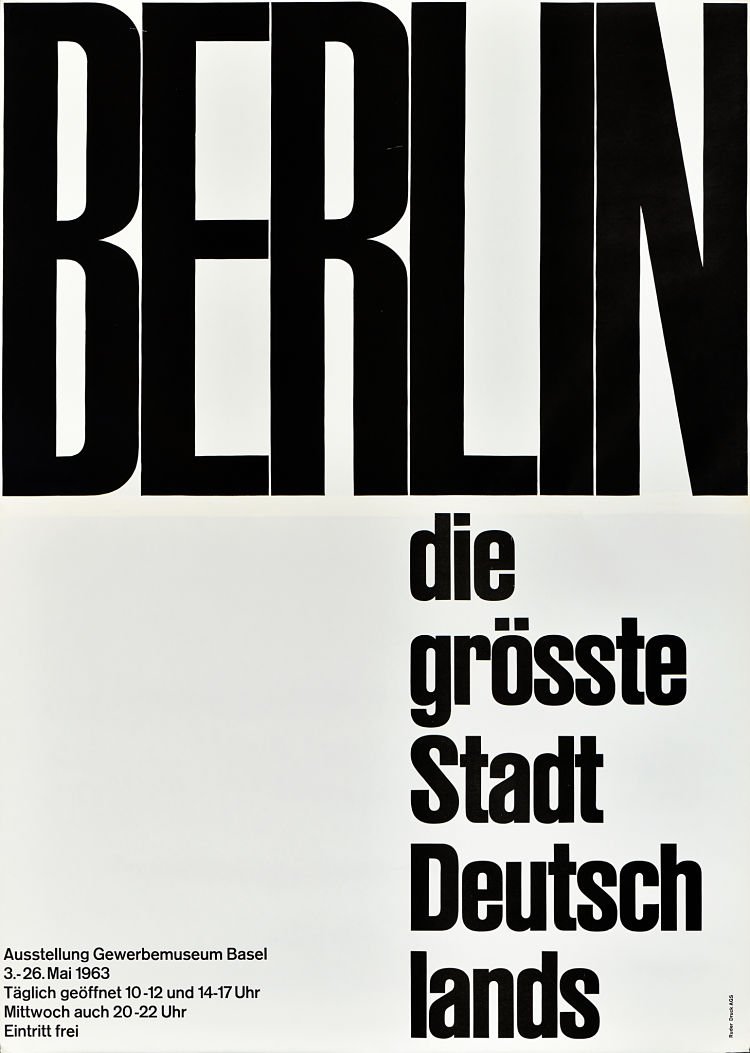
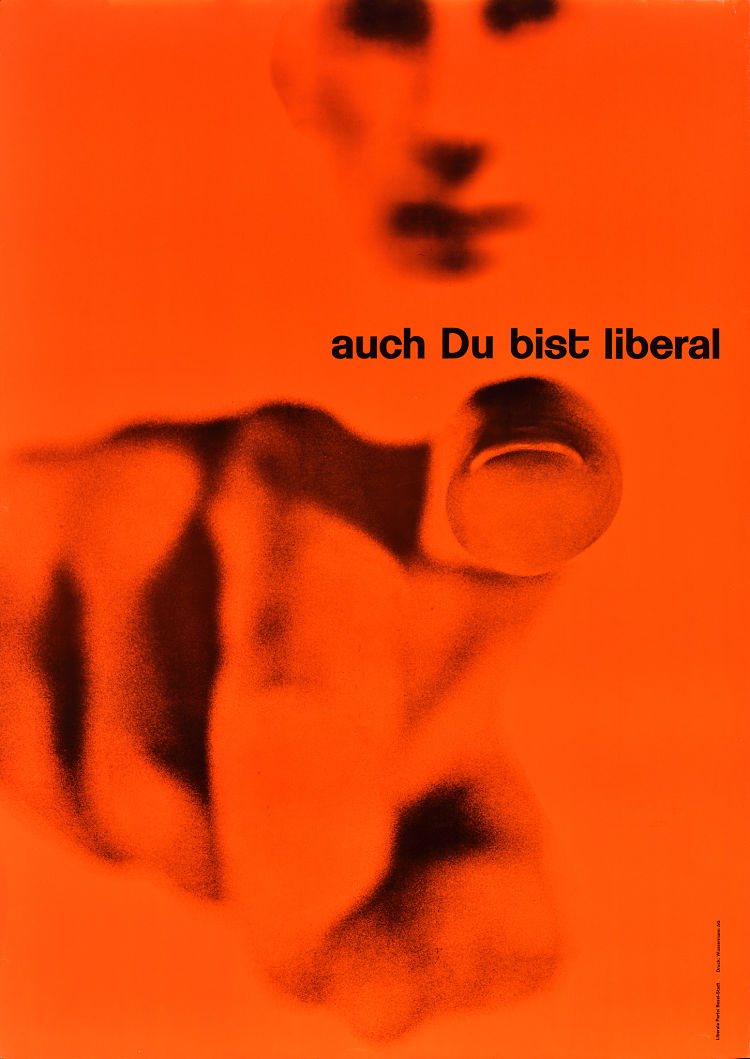 The Poster House show, curated by Angelina Lippert and with exhibition design by The Graphics Office explores the development and impact of the International Typographic Style through a selection of posters and ephemera, with companion exhibitions in adjoining galleries celebrating more than a century of Swiss design, from illustrational posters of the prewar period up through the “Swiss punk” movement of the 1970s and beyond.
The Poster House show, curated by Angelina Lippert and with exhibition design by The Graphics Office explores the development and impact of the International Typographic Style through a selection of posters and ephemera, with companion exhibitions in adjoining galleries celebrating more than a century of Swiss design, from illustrational posters of the prewar period up through the “Swiss punk” movement of the 1970s and beyond.
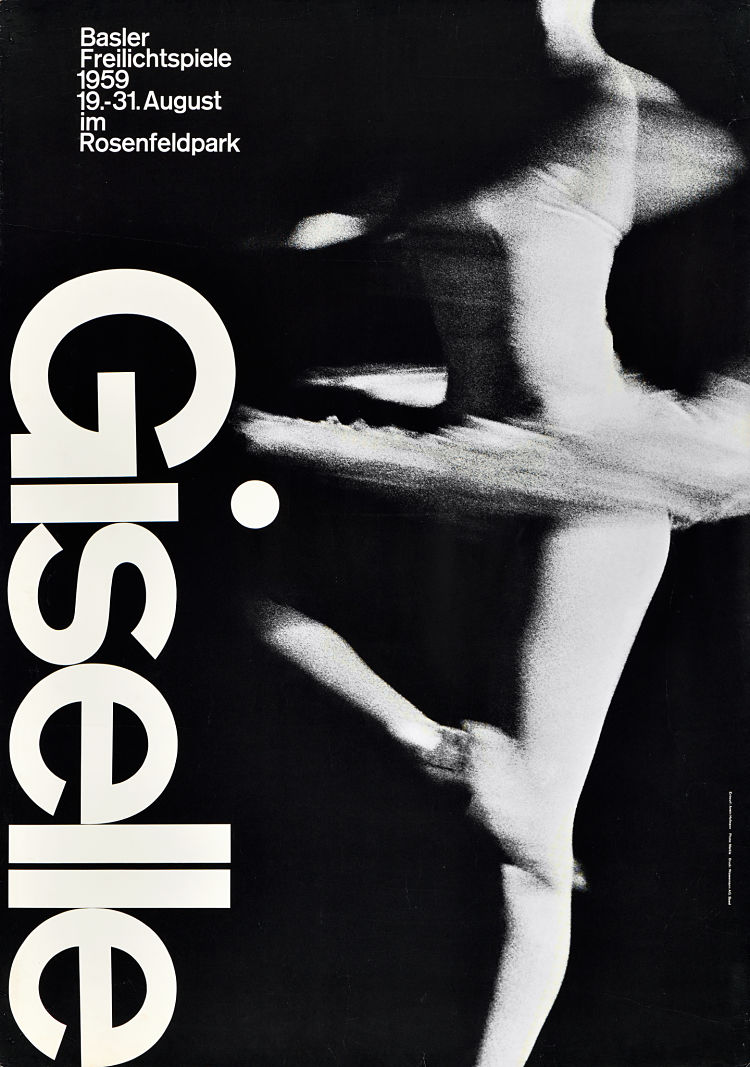 From the flat images alone, it’s easy to understand why the movement is considered “one of the most important in graphic design history, through a selection of posters and ephemera,” as Poster House puts it. “Influenced by the Concrete art of the Bauhaus and Jan Tschichold’s The New Typography, the practitioners of this style streamlined compositions through an adherence to geometric grid structures. The results were pared down, harmonious, instantly comprehensible designs—masterpieces of communication—that have stood the test of time.”
From the flat images alone, it’s easy to understand why the movement is considered “one of the most important in graphic design history, through a selection of posters and ephemera,” as Poster House puts it. “Influenced by the Concrete art of the Bauhaus and Jan Tschichold’s The New Typography, the practitioners of this style streamlined compositions through an adherence to geometric grid structures. The results were pared down, harmonious, instantly comprehensible designs—masterpieces of communication—that have stood the test of time.”
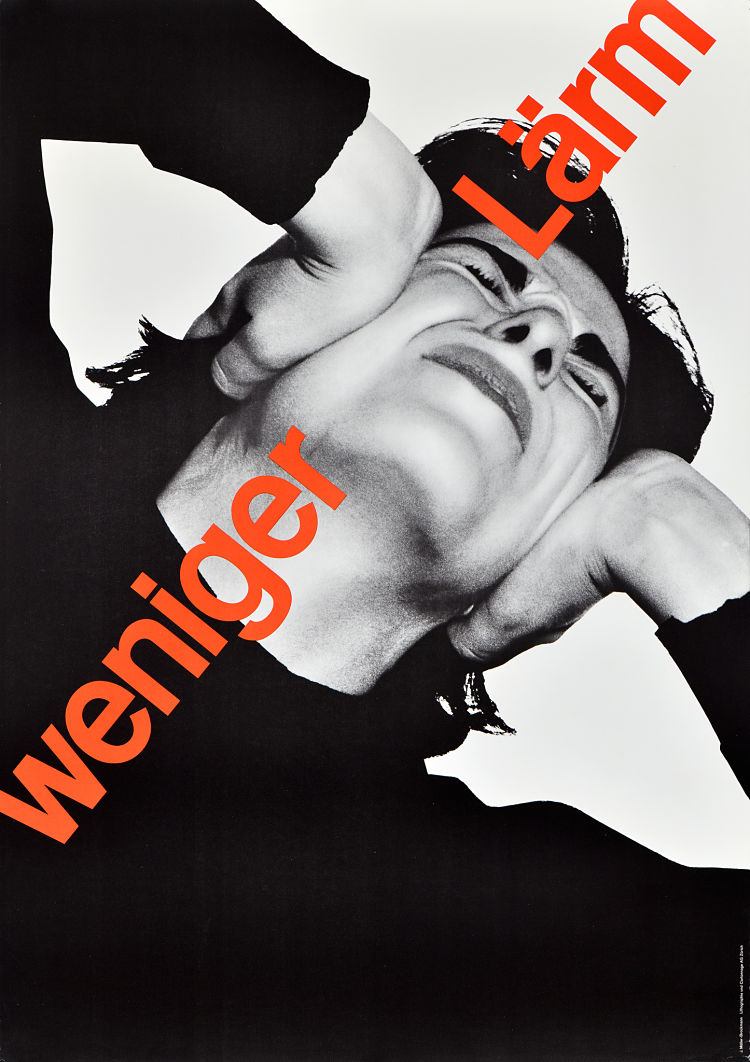 The Swiss Grid runs until February 14, 2021
The Swiss Grid runs until February 14, 2021
- Autobahn - November 26, 2021
- Alphabetical - November 12, 2021
- SOFA Universe - November 8, 2021

